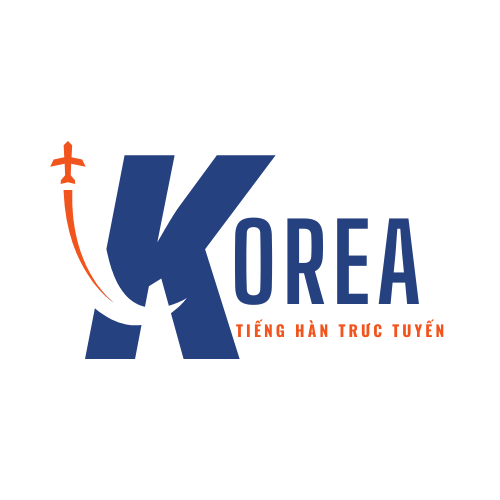Chưa phân loại
# Motorcycle Subculture in the United States
Two-wheeled American identity symbolizes a complex tapestry of rebellion and community, rooted in post-war societal shifts. From the battlefields of WWII to the open highways of modern America, motorcycles have become symbols of liberation, transporting both countercultural ideals and mainstream commercial appeal[5][10][17].
## Roots of Rebellion https://usabikers.net/
### Post-War Origins
The modern biker identity crystallized following the psychological aftermath of global warfare. Military personnel familiar with the brotherhood of combat sought replacement social structures, resulting in pioneering clubs such as veteran-led motorcycle brotherhoods[5][13][17]. Harley-Davidson and Indian motorcycles, which demonstrated reliability, evolved from battlefield tools to lifestyle accessories, fostering century-spanning consumer devotion[5][11].
The notorious “American Motorcycle Association riot” catapulted motorcycle clubs into national consciousness, as a massive gathering overwhelmed the small California town, culminating with urban chaos and police intervention. This episode solidified the antisocial motorcyclist image within media narratives, notwithstanding most participants being mainstream motorcycling advocates[10][13][17].
## Major Motorcycle Organizations
### Legal vs. Extra-Legal Groups
The nation’s largest riding organization initially served as the governing body for organized motorcycle sports. However, the association’s discriminatory membership rules—prohibiting non-white participants for decades—fueled the emergence of parallel organizations eschewing mainstream motorcycling norms[11][13].
The “Big Four” motorcycle gangs emerged as central figures within this alternative landscape:
1. The iconic winged-skull organization[2][3][10]
2. “God Forgives, Outlaws Don’t” adherents[3][10][13]
3. Pagans MC[8][10]
4. 1966 Houston foundation[3][10]
These groups function via strict hierarchical structures including titled leadership roles, with clubhouses often serving as security-enhanced meeting spaces[10][13]. Although their controversial reputation, numerous local groups engage in charitable initiatives like toy runs and disaster relief[8][10][15].
## Shaping American Identity
### From Silver Screen to Fashion Runways
The outlaw persona saturates US media landscapes, ranging from Hollywood’s rebellious archetype in *The Wild One* to modern reality TV franchises. This cultural permeation appears through:
– Apparel styles: Leather jackets, bandanas, and riding boots commercialized by retailers such as [4][12][4][12]
– Soundtrack associations: From punk rock to heavy metal adopting biker aesthetics
– Literary works: Journalistic exposes and fictionalized accounts[1][6]
Recent sociological analyses emphasize the paradoxical duality of modern biker culture: both eschewing societal norms yet remaining heavily commercialized through corporate sponsorships of major rallies[1][7][12].
## Contemporary Landscape and Challenges
### Current Trends and Future Directions
Annual rider gatherings remains fundamental to US motorcycling tradition, featuring 2025’s major rallies including:
– The 84th annual coastal gathering[7][15]
– Sturgis Motorcycle Rally (South Dakota)[7][15]
– Southwestern desert meetup[7]
Developing phenomena reshape rider demographics:
– Increasing female participation through groups like Women in the Wind
– Technological integration through online coordination platforms[7][15]
– Environmental consciousness advocating sustainable riding practices[15][17]
Legal and ethical debates continue, especially concerning:
– Gang-related criminal activity versus policing approaches[10][13][17]
– Ethical corporate partnerships despite controversial revenue sources[8][17]
– Cultural appropriation concerns about biker imagery in mainstream fashion[4][12]
## Conclusion
American biker culture stands at a pivotal juncture, negotiating its nonconformist roots against 21st-century commercialization. As new generations adopt technological advancements and virtual networks, the core ethos regarding liberty and camaraderie endures—manifesting in diverse demographics and evolving social norms. Future developments will likely see increased regulatory scrutiny and continued cultural relevance, ensuring motorcycling’s enduring place within US national identity[5][10][17].
